How to Do Cold Email Personalization at Scale

What is Cold Email Personalization?
Are you looking for a way to turbo-charge your sales outreach? Personalized cold emails can be one of the most powerful tools in your arsenal, helping you connect with potential customers more effectively.
Unfortunately, personalizing each message is incredibly time-consuming and labor-intensive, especially when the list of contacts keeps growing.
The good news is that there are ways to do cold email personalization at scale, so you don’t have to sacrifice effectiveness for efficiency!
In this post, we will explore strategies and tips that will help make personalized cold outreach easier and quicker – leaving you with more time to focus on what matters: closing deals.
Reasons You Need to Master Cold Email Personalization
In the bustling inboxes of executives who receive 10+ cold emails daily, standing out from the crowd is a necessity.
This is where the power of personalization comes into play – it’s your key to capturing their attention and achieving superior results.
Emails with personalized email subject lines or content enjoy a significantly higher response rate – typically around 30-35% more than less personalized emails.
It’s clear that personalization isn’t just a fancy add-on; it’s a strategy that yields tangible benefits.
Drawing from my own experience, I’ve observed that highly personalized cold email campaigns boast open rates of 80-85%, a notable increase from the 70% achieved by less personalized, albeit relevant, emails. Moreover, the reply rate also saw a substantial boost, climbing to 10% instead of the usual 5%.
Additionally, it will reduce the risk of getting right into the spam folder.
So, mastering cold email personalization isn’t just recommended; it’s essential for optimal engagement and response.
Step-by-Step Instructions to Create Personalized Cold Emails at Scale
This guide is built on a tried-and-tested process that I train and coach sales professionals daily.
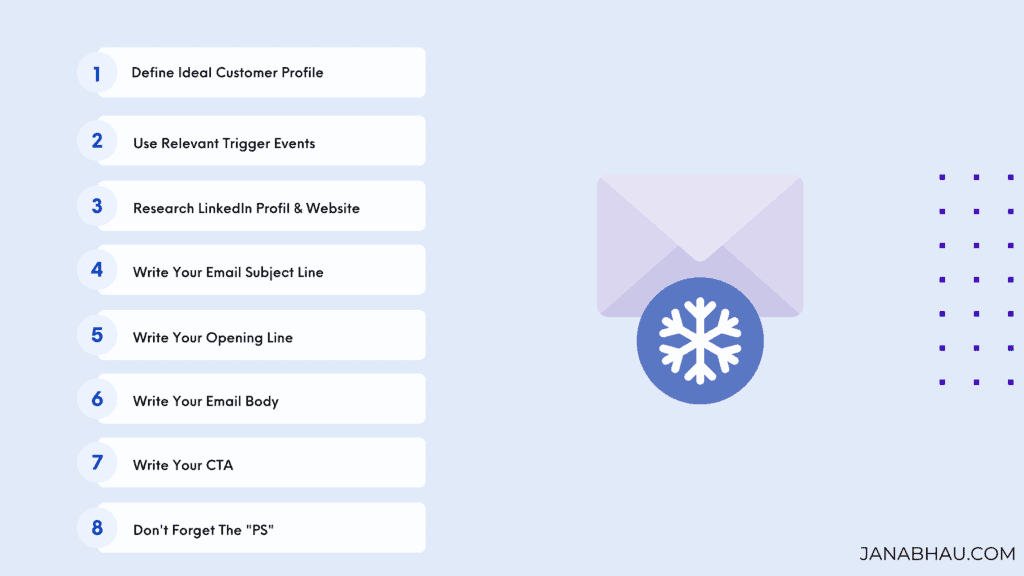
Step 1: Be Clear on Your Ideal Customer Profile
Efficiency should never supersede effectiveness when it comes to your business strategy. Prioritize connecting with prospects who show a high likelihood of needing your products and services.
Gain a clear understanding of the key demographic most likely to convert into customers – this could be based on their buyer personas, industry, company size, or geographical location.
Crafting an impeccably personalized email is an art, but it loses value if the recipient doesn’t resonate with the problem you aim to solve.
Thus, ensure you’re targeting the right audience to avoid wasting precious resources and time.
Step 2: Use Relevant Trigger Events
To swiftly harness usable data for personalizing your prospect outreach, it’s crucial to consider the types of information that are publicly available and easily accessible.
Some exemplary data points include job changes, promotions, company funding rounds, company headcount growth, and recent company news.
This information is typically available on LinkedIn. By leveraging a tool like LinkedIn Sales Navigator, you can filter leads based on these criteria and receive alerts when such significant events occur.
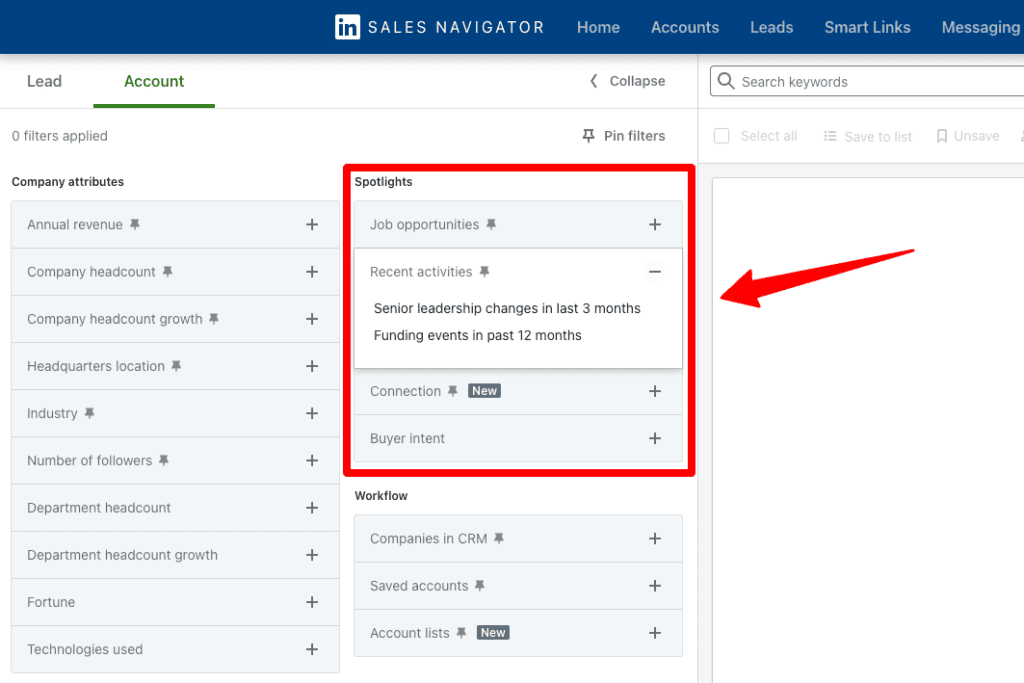
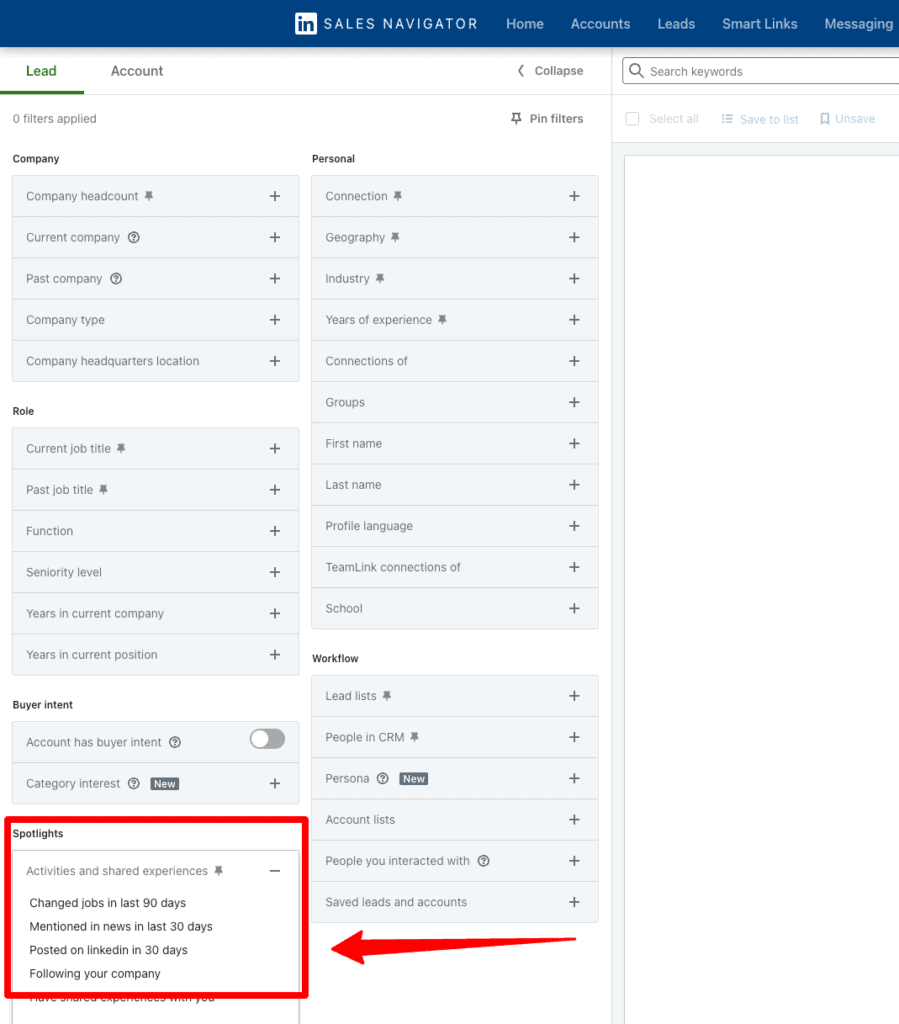
This approach allows you to be proactive and precise in your prospecting efforts, ensuring your communication is relevant, timely, and impactful.
Step 3: Research LinkedIn Profil & Company Website
To enhance your personalization strategy, make the most of readily available public information. Here’s a prioritized approach to help you hit the mark swiftly:
First Tier: Self-Authored Content
Start by browsing the LinkedIn profile for any self-authored content like published posts, interviews, or podcasts they’ve participated in. If the individual aligns with your Ideal Customer Profile (ICP) and actively creates content, there’s a high chance you’ll discover valuable data points.
Second Tier: Engaged Content
Explore their digital footprints. What content have they engaged with? What posts have they liked or commented on? Their online interactions can provide insightful clues about their interests and preferences.
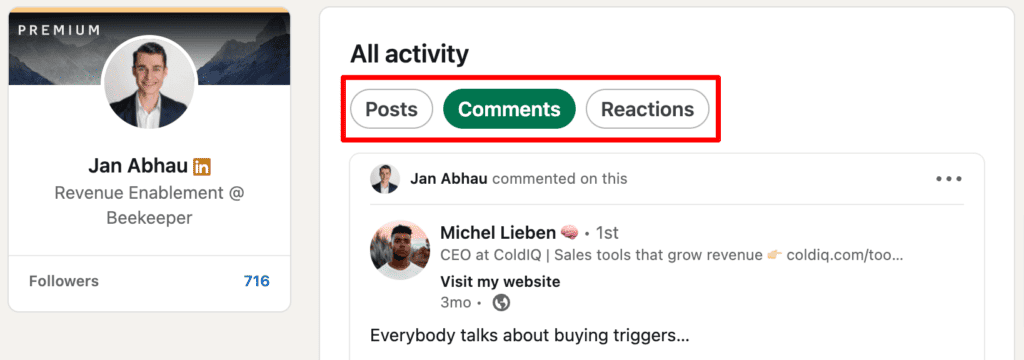
Third Tier: Attributed Traits
Examine their professional profiles on LinkedIn or their company website. What do these platforms reveal about them? What are their stated values? Do you have mutual connections? These attributed traits could be vital to understanding their motivations.
Fourth Tier: Personal Content
Consider any non-work-related content they’ve shared. Although it might not directly relate to your product or service, with a bit of creativity, you can find parallels that resonate with them on a personal level.
Fifth Tier: Company Information
If you’re unable to find personal insights, pivot to their company’s data. Information from the company website or annual reports can offer a wealth of knowledge to fine-tune your personalization efforts.
Remember, the goal is to connect authentically and professionally, demonstrating that you value them as individuals, not just potential sales targets.
Step 4: Write Your Email Subject Line
The main objective is to spark interest without crossing the line into misleading information.
Identify a daily challenge your prospect faces and link it to a personalized touchpoint in the subject line of your cold email.
This tactic demonstrates your understanding of their pain points and stirs their interest in how your solution can address these issues.
Step 5: Write Your Opening Line
Take a quick look at your inbox. You’ll notice that the first sentence of an email is often previewed, so avoid wasting words with generic greetings like “Hope you are well.”
Instead, get straight to the point. Make your opening about them, not you, and incorporate the personalization points you discovered in the previous step.
Pro Tip: Once you’ve built your video prospecting scripts and begun to see positive results, remember to explore the potential of current video prospecting tools. These resources can help you scale up and further enhance your video outreach efforts in an efficient manner.
This formula not only grabs attention but also instantly personalizes your message, making your prospect feel seen and understood.
Step 6: Write Your Email Body
For the second sentence, outline the problem followed by a thought-provoking question on the current state.
The third sentence should be about pitching your solution as a narrative through social proof (depicting the Ideal State). Aim to tell an engaging story.
Research indicates that brevity is vital with an optimal email length of 50-125 words. Keep in mind that over 50% of recipients are reading emails on mobile devices, so optimize your content for mobile spacing.
When writing, maintain a conversational tone akin to a 3rd-grade reading level. This makes your email more relatable and easier to comprehend.
Lastly, use uncertain tones. Avoid being overly assertive in your first email. Phrases like “I’m not sure,” “It looks like,” and “It seems that” can make your message appear more consultative than authoritative, fostering a sense of collaboration rather than dictation.
Step 7: Write Your CTA
The CTA is a crucial part of your content. It’s the ‘next step’ you want your readers to take and it should be clear, compelling, and easy to follow. Here are some types and examples of CTAs
Remember that most of the people you contact are not yet ready to buy. Thus, focus on educating them rather than forcing a meeting right away. Go for an interest-based call to action.
Here are a few examples of effective CTAs you could use:
- “Would you be open to learning more?”
- “Interested in achieving the same results?”
- “Is this something on your radar?”
- “Would you mind if I sent you a quick video?”
Step 8: Don’t Forget The “PS”
Don’t underestimate the impact of a ‘PS’ in your email. It’s a simple yet powerful tool to make your message stand out. Many people perceive it as separate from the main body of the email, so it naturally draws attention.
The ‘PS’ is an excellent place to add a personal touch when cold emailing. You can use it to reference non-work-related information, demonstrating that you’ve taken the time to learn more about the recipient.
For instance, if you notice that your contact is a marathon runner, you could write:
This personalizes your email and opens up the possibility for further engagement. Adding humor to the PS section can be even more impactful and fun!
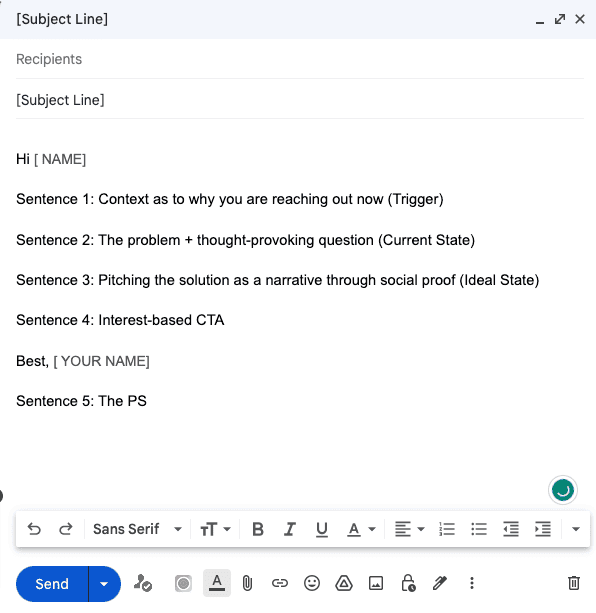
Key Considerations For Successfully Doing Cold Email Personalization
Personalization in your communication is an effective tool, but only when it’s relevant. The key is to ensure your personalized content aligns with the product or service you’re offering.
There’s a spectrum of personalization that ranges from basic personalization, and semi-personalization to hyper-personalization.
A hyper-personalized email is so finely tailored that it’s unique to each recipient, while semi-personalization involves broader customizations that apply to a larger group.
However, before diving into hyper-personalization, weigh its benefits against the time and effort required for deep research.
While it can be highly effective, it’s essential to choose wisely where to apply this level of detail, ensuring that the investment yields a worthwhile return.
Taking it to the Next Level: How to Level up Your Email Personalization with AI
Artificial Intelligence (AI) can be a game-changer in taking your email personalization to the next level. AI Email Assistants are specifically designed to aid sales professionals in crafting effective, personalized cold emails for potential clients.
These innovative tools sift through publicly available data and utilize this information to auto-generate optimized email content and compelling subject lines.
The result? A streamlined process that not only simplifies sales outreach via email or LinkedIn but also significantly boosts response rates.
In essence, AI Email Assistants are the secret weapon for salespeople aiming to maximize their email personalization strategy.
Alternatives to Cold Email Personalization
Video prospecting is not an alternative to cold emailing but a more powerful addition to traditional cold email personalization.
This innovative approach adds a dynamic visual element that significantly increases engagement and response rates.
By incorporating personalized videos in your outreach strategy, you’re able to establish a more human connection with your prospects. It’s like a virtual handshake – offering a face and voice behind the message, thus fostering trust and authenticity.
Moreover, it allows you to convey complex ideas more effectively and succinctly. So, if you’re looking to refresh your prospecting strategies, consider giving video prospecting a try – it could be the game-changer you’ve been looking for!
Wrapping Up and My Experience With Personalizing Emails
Before diving headfirst into the world of email personalization, it’s paramount to have a firm grasp on your ideal customer profile. It serves as the foundation for every personalized email you craft. Remember, in this arena, both quality and quantity play crucial roles.
Take the insights shared above and use them to build your workflow – think of it as your personal assembly line for tailored emails.
You can also use the structure above to develop your own personalized cold email templates to speed up the writing process in the future. Adhering to a well-structured process not only saves you substantial time but also significantly boosts your output.
Moreover, in the context of cold email personalization, fully understanding your prospect’s pain points, industry trends, and their professional background can be a game-changer. It helps to add a personal touch and relevance to your emails, increasing the chances of gaining a positive response.
Frequently Asked Questions
Should cold emails be personalized?
Yes, cold emails should be personalized. Personalization is crucial in today’s digital world, where executives receive 10+ cold emails daily.
It increases open rates by around 30-35% on average. Results can be high, though. Moreover, it boosts my reply rate from 5% to 10%. So, personalizing cold emails is essential for optimal engagement and response.
In conclusion, the ability to write personalized cold emails isn’t just a good practice – it’s essential for optimal engagement and response.
By taking the time to personalize your cold emails, you’re showing your prospects that you value their time and are genuinely interested in providing them with relevant and valuable information.
How do you personalize a cold email fast?
Personalizing a cold email quickly involves more than just addressing the recipient by their name. It requires a strategic approach that takes into consideration the recipient’s needs, interests, and recent activities.
As stated above, start by understanding your Ideal Customer Profile (ICP). This will help you focus your efforts on the most promising prospects. The ICP should include demographic information, firmographic data, and psychographic characteristics.
This profile will guide your search for potential leads and help you tailor your message to their specific needs and interests.
Next, identify relevant trigger events such as a job change or recent interviews. These events can provide an opportunity to connect with the prospect in a meaningful way. For instance, congratulating them on their new role or discussing a point they made during an interview can help your email stand out.
Screening relevant data sources like self-authored content and engaged content is another effective way to personalize your emails. By referring to an article they’ve written or a post they’ve interacted with, you show that you’ve done your homework and are genuinely interested in what they have to say.
Finally, use these data points to create a personalized subject line and opening line.
A compelling subject line can significantly increase your open rate, while a strong opening line can hook the reader and encourage them to read further.
Remember, the goal is to make each email feel like a unique, compelling correspondence written just for the recipient.
In conclusion, personalizing a cold email quickly involves a combination of understanding your ICP, identifying relevant trigger events, screening relevant data sources, and crafting compelling subject and opening lines.
By following these steps, you can increase your chances of getting a response and, ultimately, winning a new customer.
Why do cold emails fail?
Cold emails often fail for a variety of reasons. One of the primary reasons is the lack of personalization. When a cold email is generic and doesn’t address the specific needs or interests of the recipient, it’s likely to be ignored.
Other common reasons for failure include:
- Irrelevant Content: If the content doesn’t resonate with the recipient or isn’t relevant to their needs or interests, the email will likely be disregarded.
- Poor Subject Lines: A subject line is the first thing a recipient sees. If it’s not compelling or engaging, the email may not even be opened.
- Lack of Follow-up: Sometimes, one email isn’t enough. Without follow-up, the initial message may be forgotten.
- Being Too Salesy: Cold emails that are overly promotional or salesy can be off-putting. It’s important to provide value first before attempting to sell.
- Incorrect Timing: Sending emails at a time when the recipient is unlikely to read them can result in low open rates.
By addressing these issues, the success rate of cold emails can be significantly improved.

![How Data Enrichment Transforms Sales & Marketing Activities [+Best Practice]](https://janabhau.com/wp-content/uploads/2024/02/Feature-Images-5-768x432.png)
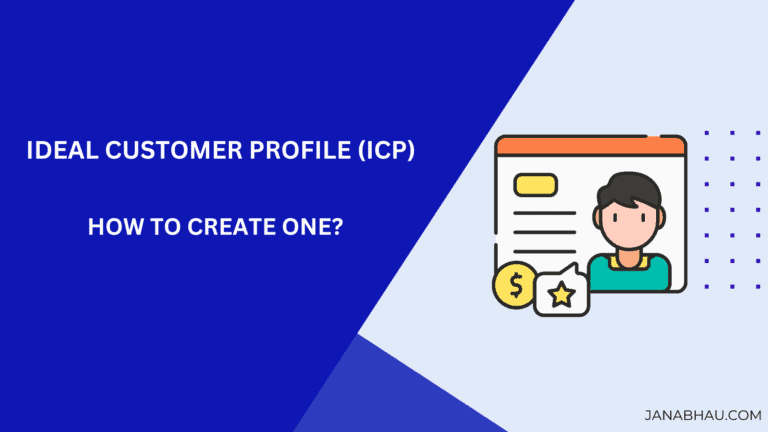
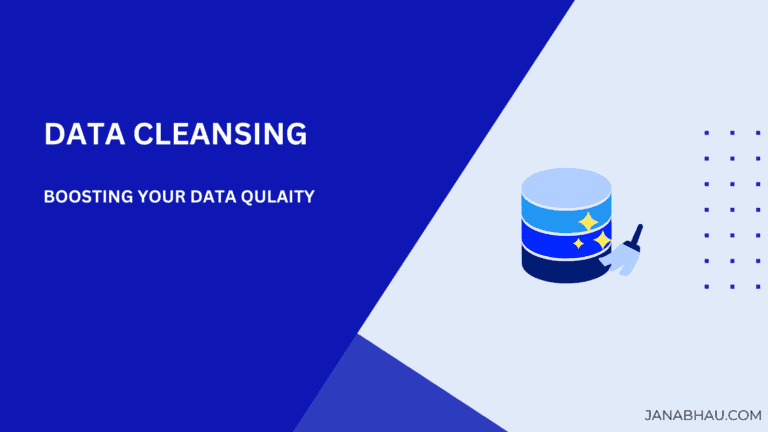
![Who are Sales Champions? [Key Traits and Tips for Effective Collaboration]](https://janabhau.com/wp-content/uploads/2024/09/Featured-Images-2-768x432.png)

![How to Craft an Effective Prospecting List in 2024 [+Template]](https://janabhau.com/wp-content/uploads/2024/04/Screenshot-2024-04-14-at-16.25.44-768x433.png)